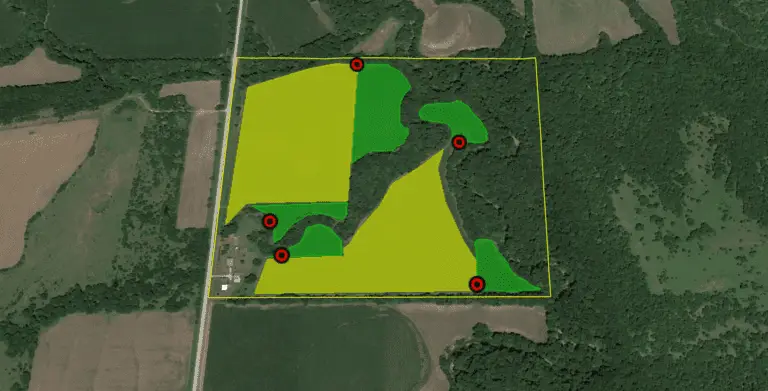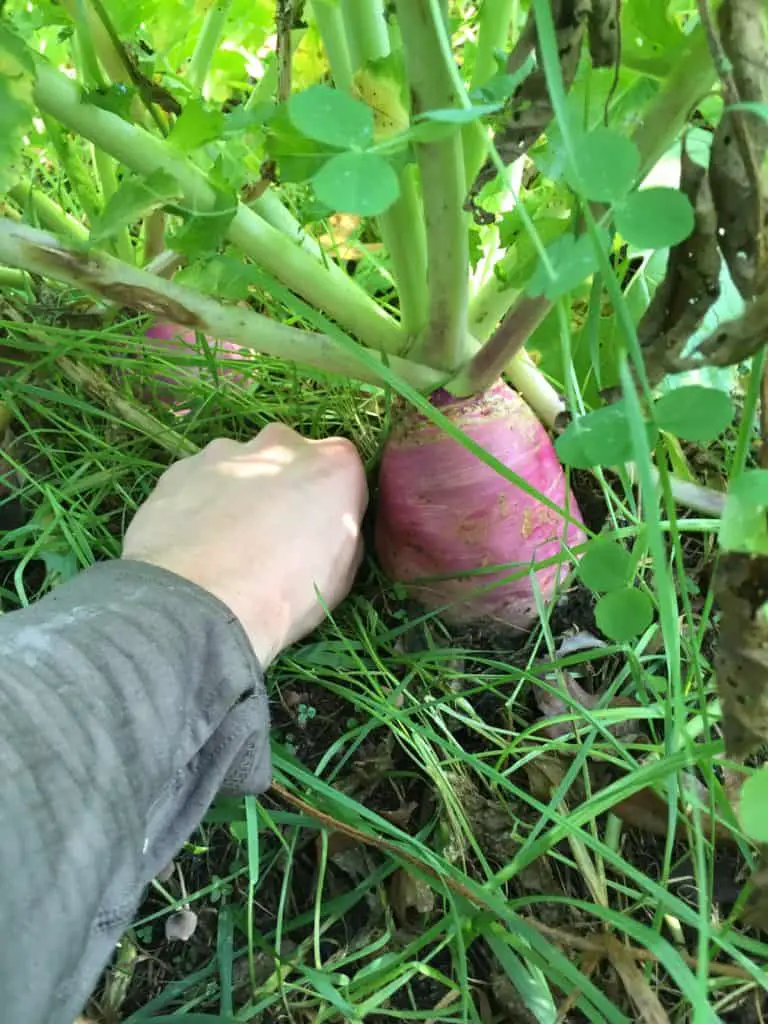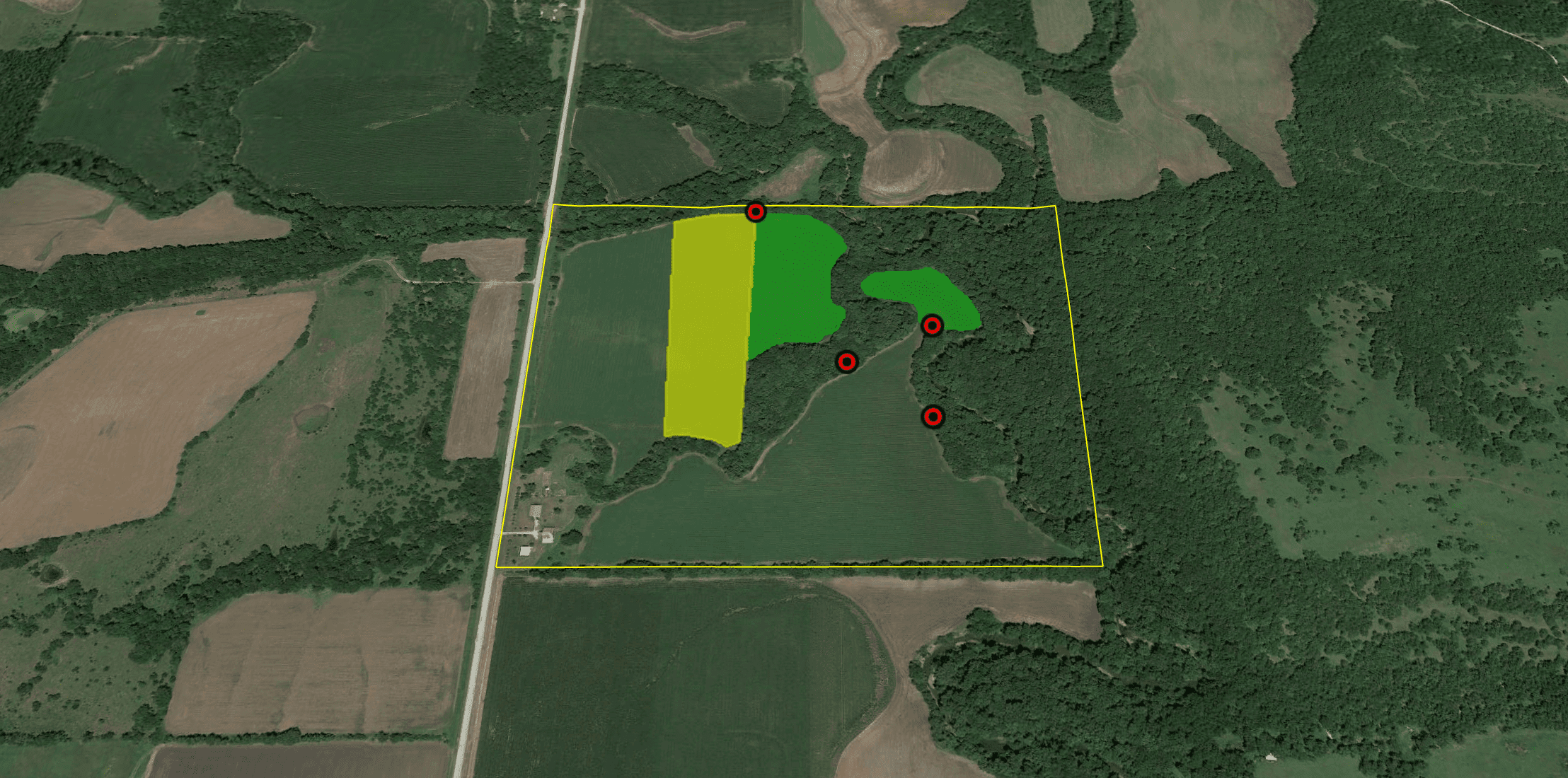I’m sitting here thinking about how I’m going to setup my new Kansas farm to maximize my hunting opportunities on that property. I’m considering whether or not to plant two destination food sources in close proximity to each other, which reminded me of a question that I was asked recently. How far apart should food plots be from each other?
There is no set rule for how far apart food plots should be. Every property is unique in its size, how its laid out, terrain, topography, number of deer on it, and a variety of other factors. Therefore, the ideal spacing between food plots will vary from property to property. The spacing between plots should be determined based on a land management plan and hunting strategy. The location of habitat improvements and how that property is accessed for hunting will help determine the spacing between and the location of food plots. Learn more about how to set up a property for deer hunting.

As a general rule, the more food plots you have the harder it will be to predict which plot the deer will use on a given day. With that being said, I like to have fewer and bigger plots. However, in areas of the country that are cover rich and food limited, I encourage landowners to maximize the amount of food they have on their properties. These food sources should still be laid out in a strategic way so that the property can be efficiently hunted without educating deer.
Even in a cover rich environment, I still encourage landowners to provide cover for deer bedding on their properties. In some situations, a property might have a neighboring sanctuary that will hold deer close to the property. This will allow you to remove more bedding cover so you can plant more food. We want to make sure there is a sanctuary for deer to bed on or near the property so that we have a better chance of seeing them during daylight hours. Click here to see how I define a sanctuary and when to enter it.
The size, location, and shape of a plot should be determined based on the property size, the overall hunting strategy of the land, and a variety of other factors like soil conditions and terrain. A 40-acre property might just need one destination food plot, or it may only be able to accommodate a single plot. It’s possible for 40 acres to accommodate up to four larger plots and be hunted with different wind directions. The number of plots really depends on how the property is accessed, how it’s going to be hunted, and the overall makeup of the land and surrounding hunting pressure. On a 40-acre property, the distance between two plots could be 10 yards or a half mile apart.
If your property lays out in such a way that you can plant multiple destination food sources without educating deer when you hunt, then it’s preferable to do so. Some mature bucks have been known to try and avoid other bucks when possible. Therefore, if you have multiple big bucks living on or near your property, it’s preferred to have a destination food plot for each of them if you have enough acres for it and if it fits in your overall plan. Having a destination food source for each big buck will help encourage these bucks to keep using your property and not relocate somewhere else.

The last point I want to bring up when considering the number of food plots to plant is the cost of planting them. Having fewer plots will not only make it easier for you to predict deer movement, it will also cost you less time and money. Additionally, you can focus more of your attention on fewer locations and maximize the attraction of those plots. All of these things are a win-win for you and your hunting strategy. You just need to try to find the right balance for your specific property.
If you’re struggling to make a decision on the spacing of your plots or the number of plots you need, consider hiring a consultant.
Before you decide whether or not you need help from a consultant, read this article to help confirm your decision: Should I hire a consultant for deer hunting and land management.

